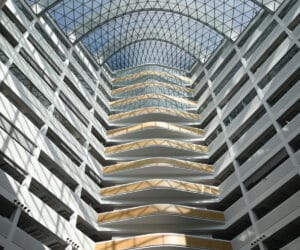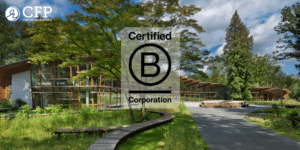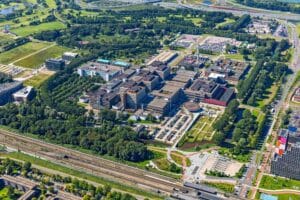
Future-proof buildings
Creating future-proof sustainable buildings by working on circularity, biodiversity, climate adaptation and CO2 benchmarking.
Future-proof sustainable buildings
Future-proof buildings are adaptive, flexible and healthy. They are suitable for the next generations, in which healthy and green living is the norm. Our consultants will help you discover and implement ways to future-proof existing buildings.
We work together with
The road to circular construction
Our buildings account for 50% of the extraction of new materials from the earth and 40% of what gets thrown away. And not only that, but buildings are responsible for 40% of our pollution. Clearly, we have a long way to go towards circularity, but CFP Green Buildings can start you on the road. Find out what our circular quick scan, our tailor-made advisory programme and our support in circular maintenance can mean for you!
Why circular buildings?
By 2050, all buildings in Europe must be circular. Right now, less than half of the world’s population uses almost all of the Earth’s resources. Add to this the fact that the world’s population is increasing, and it is clear that something must be done if we are all to live together on one planet.
With all that in mind, it’s no surprise that the cry for a circular economy is rapidly growing. But we can only achieve that if buildings and homes can also be made circular. That means no consumption of new natural resources and raw materials, but reuse of materials. Contact us and get started on achieving circularity with your buildings!

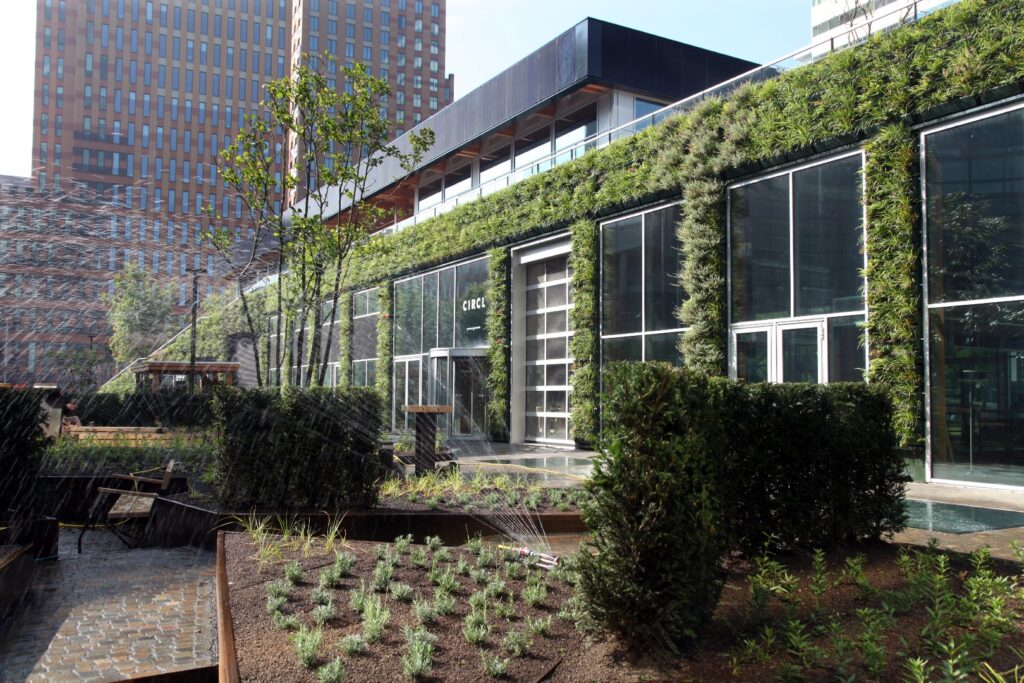
Find out where you stand with the Circular Quickscan
In a fully circular building, no raw materials are consumed. There are no materials and no waste that will not be reused. With our Circular Quickscan you can find out how circular your building already is. What raw materials were consumed in a building’s construction, and what can you do to take steps towards making a building circular? The scan shows you your next steps: e.g refining the figures, drafting measures and starting a project.
Maintenance the circular way
Existing buildings and homes need maintenance. By putting circularity at the heart of the maintenance process, you can achieve circularity step by step. CFP can help you draw up a circular maintenance plan using the existing maintenance budgets. This way, you can bring circularity to your maintenance!
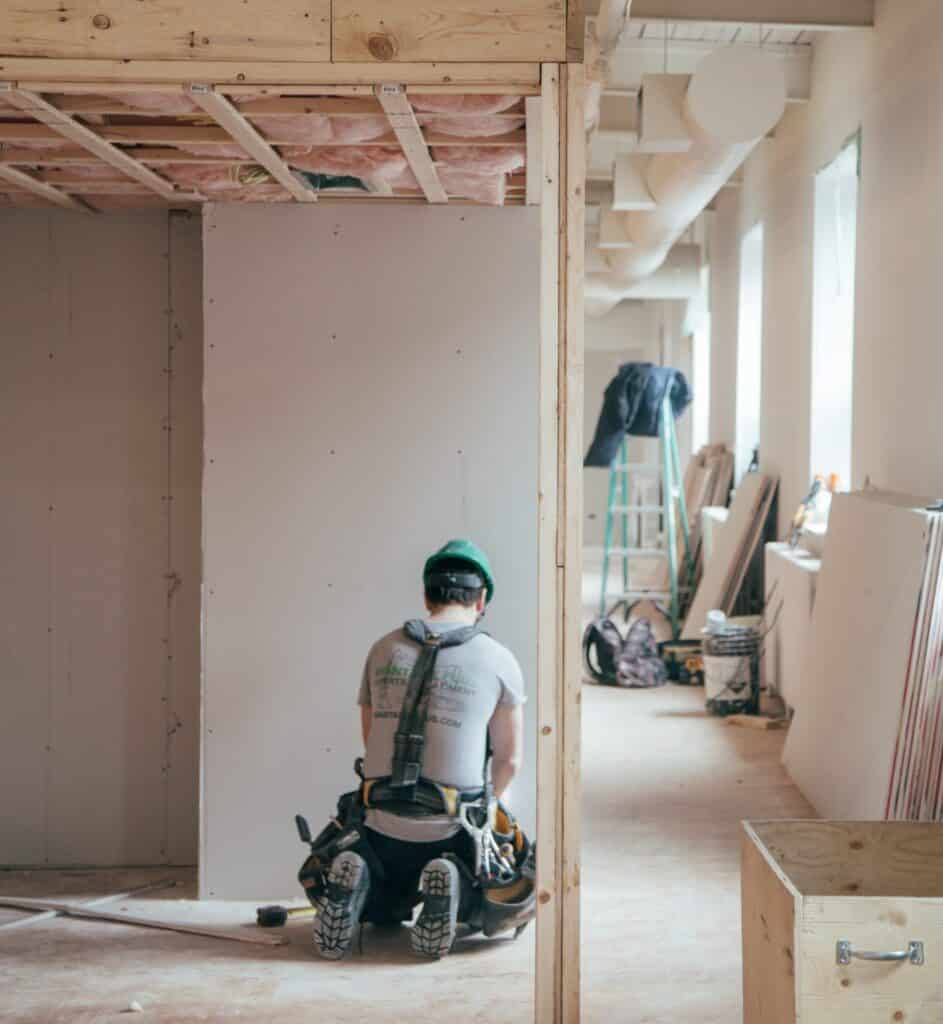
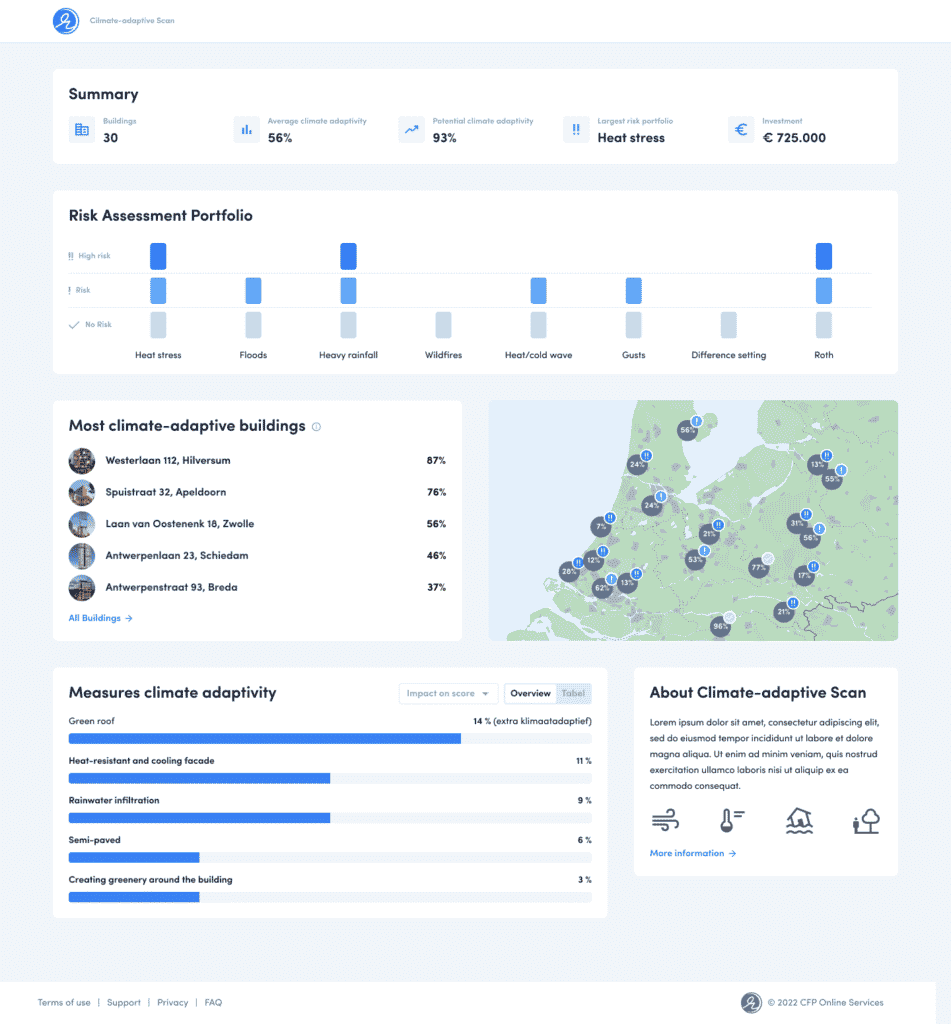
Creating climate-adaptive buildings
In the long term, buildings are exposed to increasing climate risks such as wind loads, heat stress and floods. It is important to know these risks for your building because they affect your financing options today. By building with an eye to the future, you can secure the continued existence of your building. That’s why climate-adaptive building not only preserves value, but even increases it.
Your risk assessment portfolio
Curious about the climate risks of your buildings? Our Climate Adaptation Scan has the answers you’re looking for. Simply enter the postcode and find out which risks apply to your building.
Get started with our Climate Adaptation Scan or learn more about what climate adaptation means for your building.
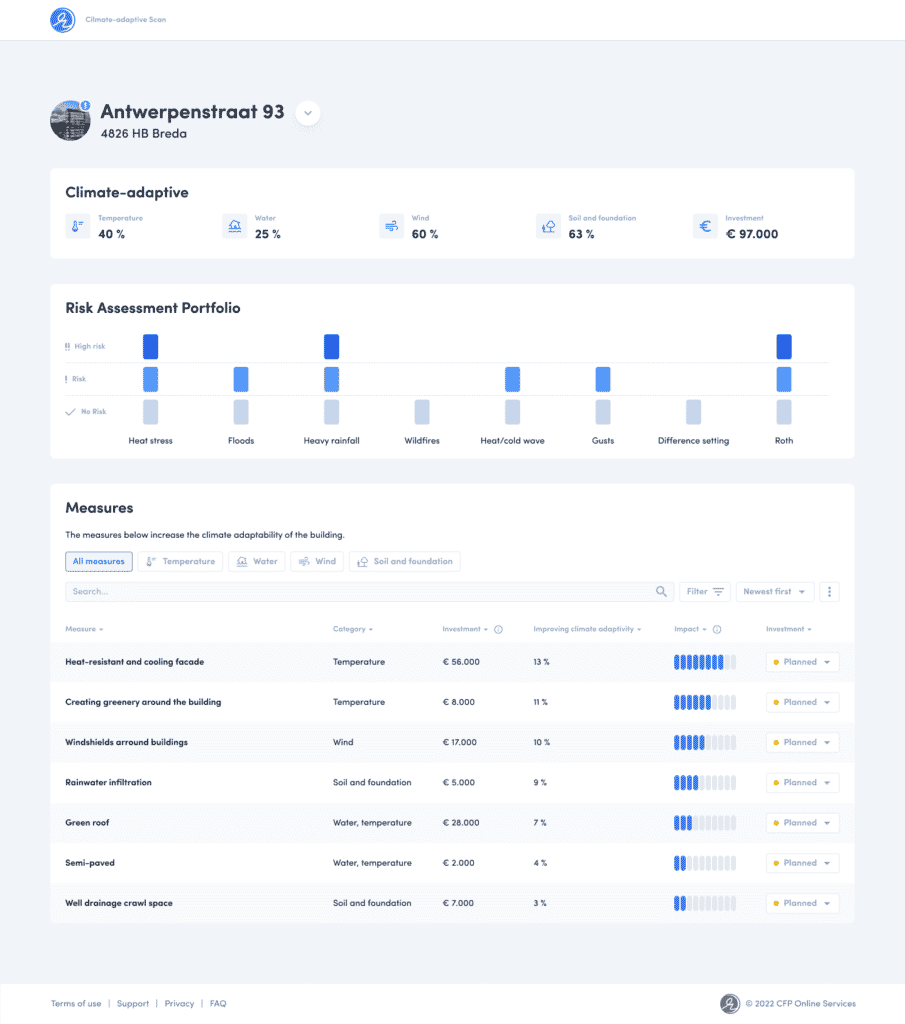
Our CO2 Benchmark
When you start working on creating circular and sustainable buildings, the CO2 footprint of your properties plays an important role. The CO2 Benchmark by CFP Green Buildings provides insight into the environmental impact of buildings. This objective yardstick enables you to compare the CO2 emissions of different buildings.
Want to know how your building scores on CO2 emissions? Use our CO2 Benchmark. Thanks to our extensive database, you can compare your building against at least 50 reference buildings. This will not only give you an insight into how the building is performing now, but you will also discover various possibilities to take steps to improve your building’s performance.
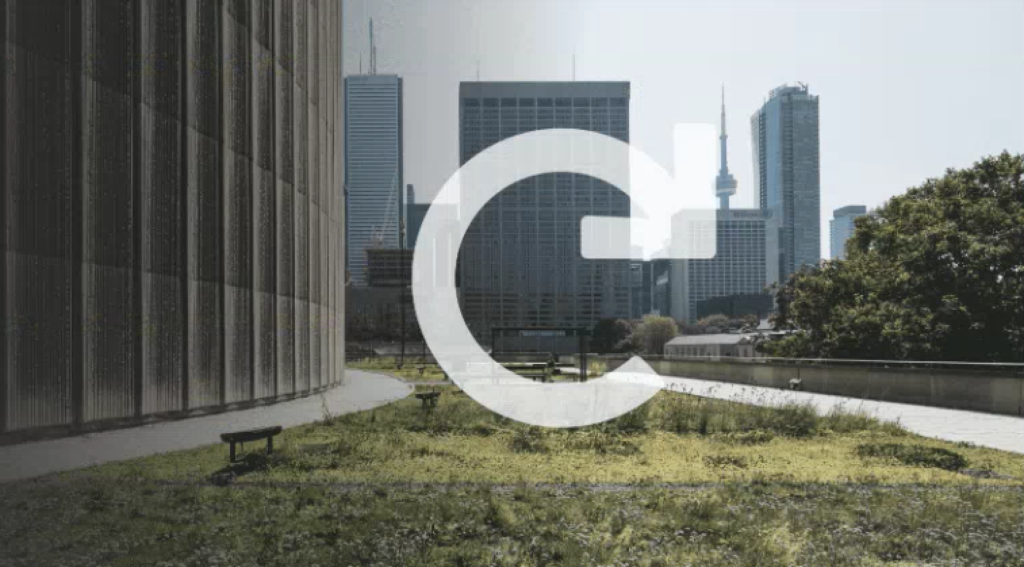
The importance of biodiversity
Worldwide biodiversity has declined significantly in recent decades, to the point where right now, more than 50% of species in the world are threatened with extinction. Although the danger of climate change and the importance of the circular economy are mentioned more and more often, biodiversity still receives little attention. This is a problem, because biodiversity is essential for human existence: from clean drinking water to food security, biodiversity is at the core of everything.
Do you want to let biodiversity play a role in the way you move toward sustainable buildings? Contact us to discuss the possibilities!
News and cases about future-proof buildings
Frequently asked questions about future-proof buildings
What is circularity?
Circularity refers to the reuse of raw materials and the prevention of waste. Instead of a linear cycle where products and materials end up as waste, it is a closed cycle in which no raw materials are lost.
What are circular buildings?
Circular buildings are sustainable buildings in which raw materials are reused to the maximum possible extent. Materials return to the economy in the highest possible quality through efficient cycles. Circular buildings do not extract anything from the earth that cannot be regenerated, and they do not create waste.
What is a climate-adaptive building?
A climate-adaptive building is more resistant to extreme weather events as a result of climate change. Climate-adaptive buildings reduce heat stress and flooding, among other things, and increase biodiversity.
What is CO2, and why does it cause climate change?
What role does the real estate sector play in limiting the CO2 emissions?
The real estate sector plays a significant role in limiting CO2 emissions by reducing energy consumption in buildings. Buildings account for a significant proportion of greenhouse gas emissions globally. Roughly, 80% of the buildings that will exist in 2050 have already been built today, so it is our priority to decarbonise the existing building stock. Retrofitting buildings will also help reduce energy consumption and move towards a low-carbon future. What are the benefits of investing in sustainable real estate?






